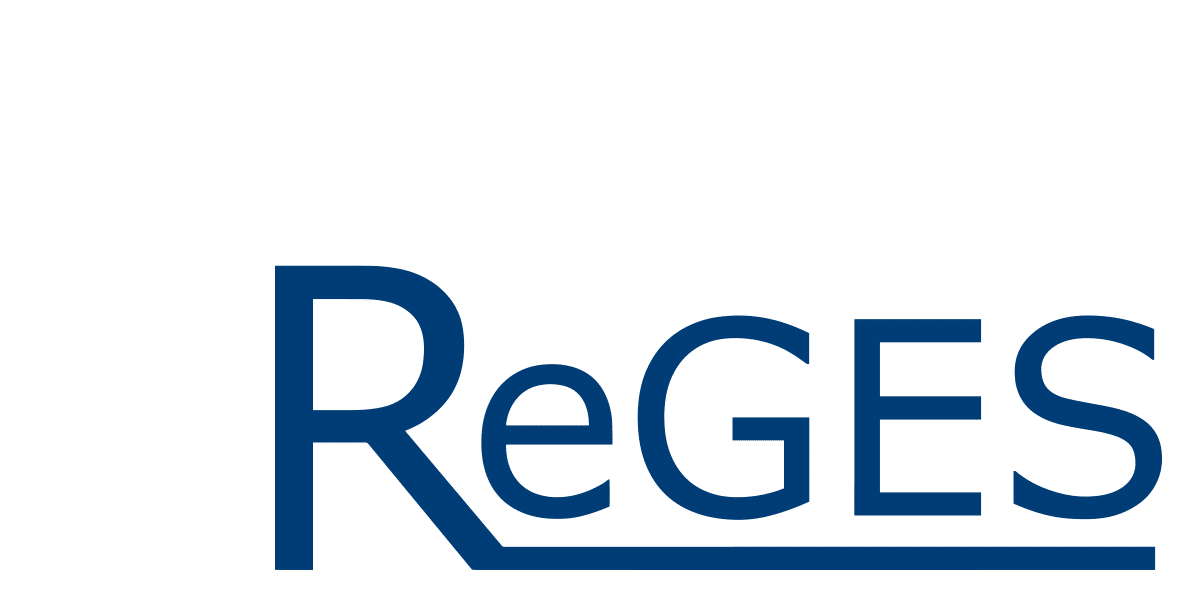What conditions promote the integration of refugees in our society? Among many other things, integration into the German education system is of great importance for young refugees. The ReGES study “Refugees in the German Educational System”, which infas has been conducting on behalf of the Leibniz Institute for Educational Trajectories (LIfBi) since 2017 and will continue until 2026, is dedicated to this topic.
The research project, funded by the Federal Ministry of Education and Research, focuses on two key stages of education: early childhood education and the transition from lower secondary level to the education system. To this end, a panel with two cohorts of refugees is being set up. The first cohort comprises young pupils aged 9 and over and their parents. A second cohort comprises young adults aged 18 and over. Since the federal German education system has different institutional conditions, several federal states are included in order to take these differences into account. The survey was conducted in the federal states of Bavaria, Hamburg, North Rhine-Westphalia, Rhineland-Palatinate and Saxony.
Method
Since 2018, regular surveys have been carried out with local families, in refugee accommodation or private accommodation. The surveys are conducted in German, English and Arabic. In both cohorts, a total of around 4,800 children were surveyed in the first survey in 2018. In the upcoming 2024 survey wave, young schoolchildren will be surveyed in person for the first time alongside parents and young adults. There is also a survey of competence measures on cognitive abilities and German language skills, which takes place in both cohorts.

